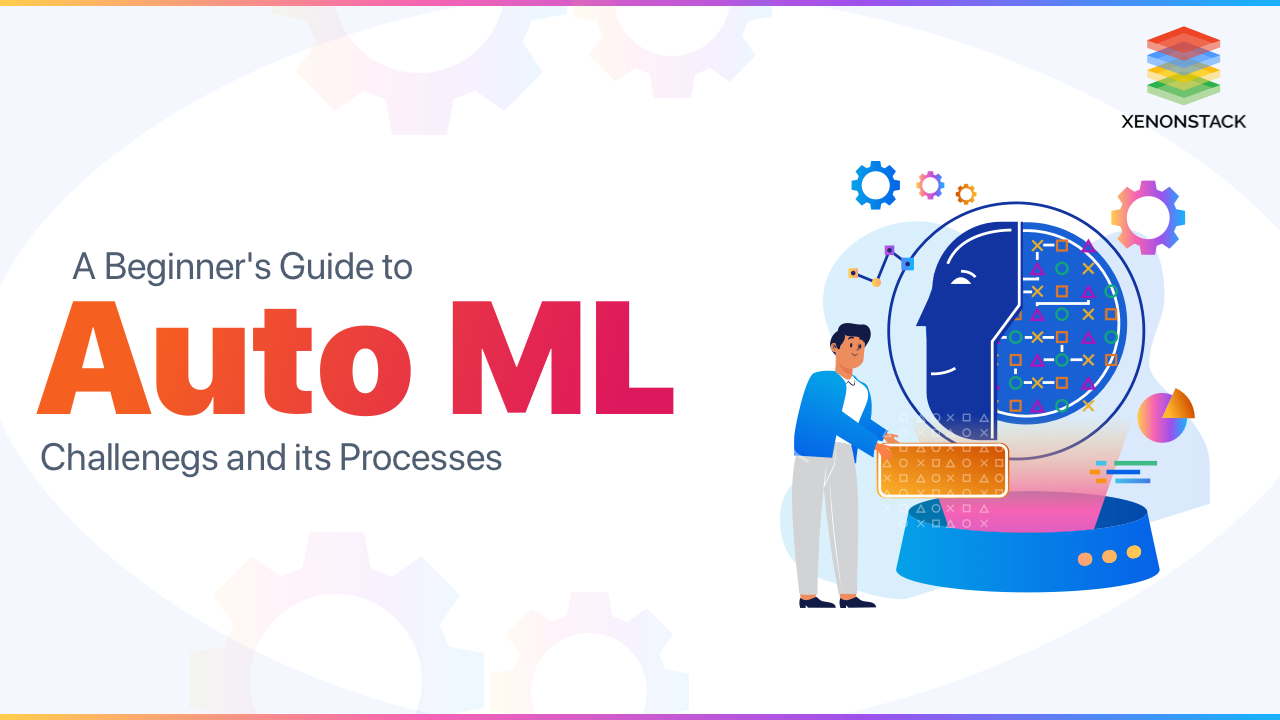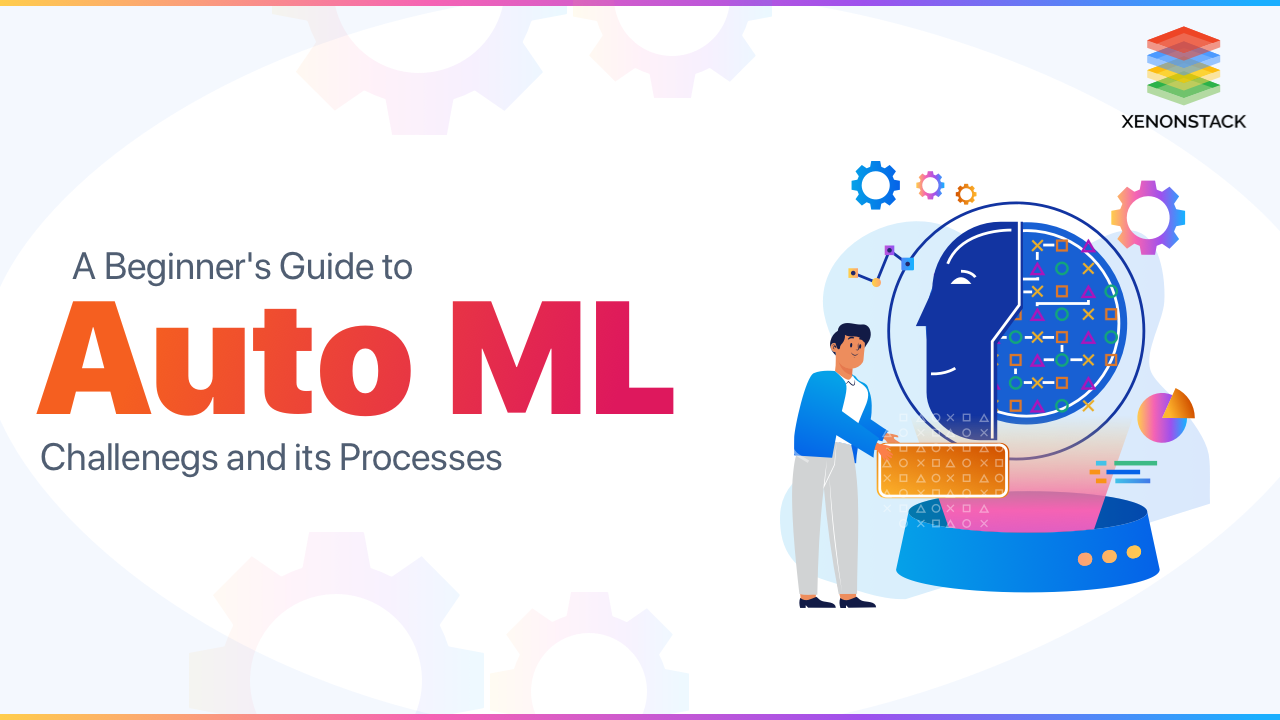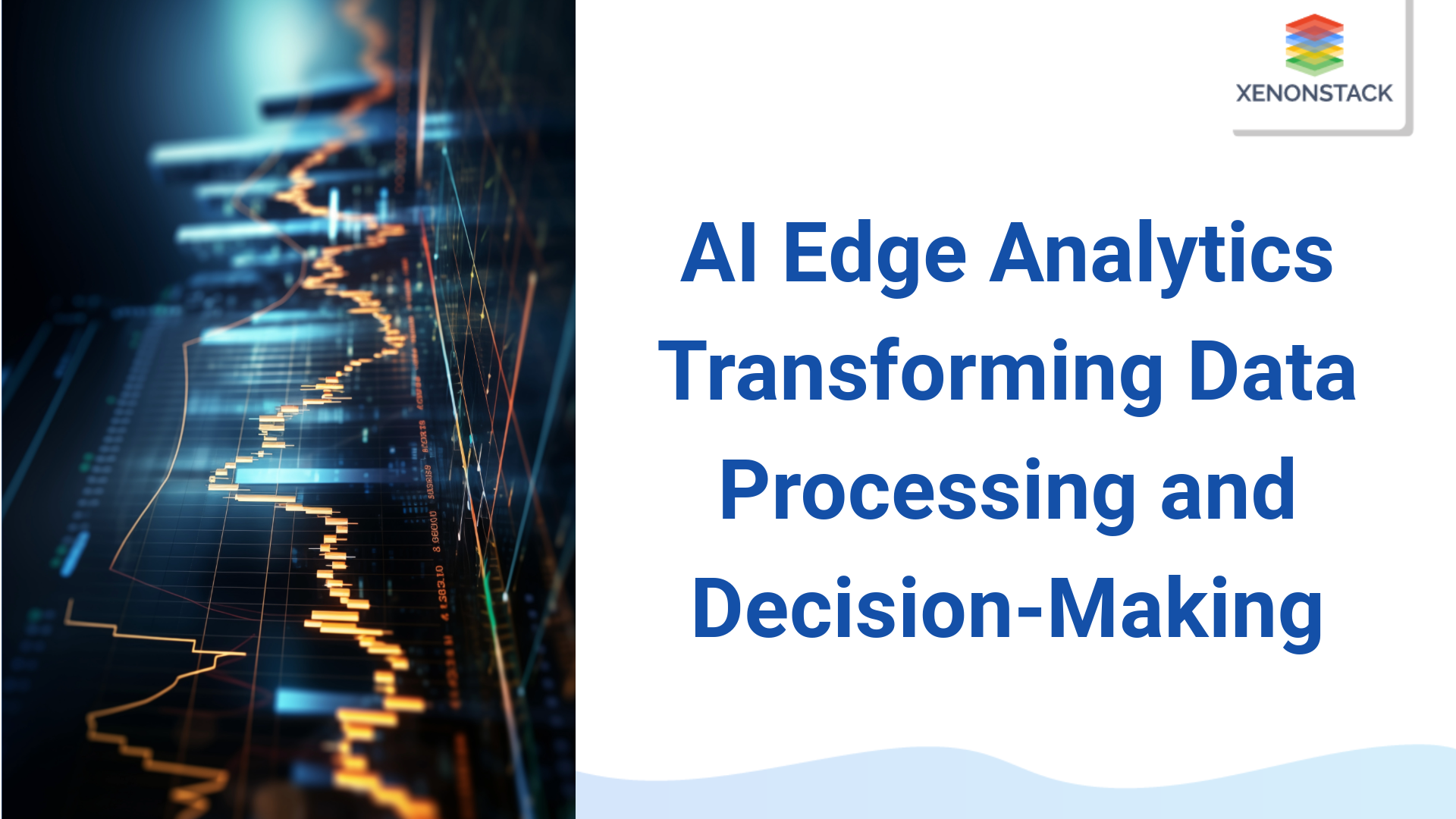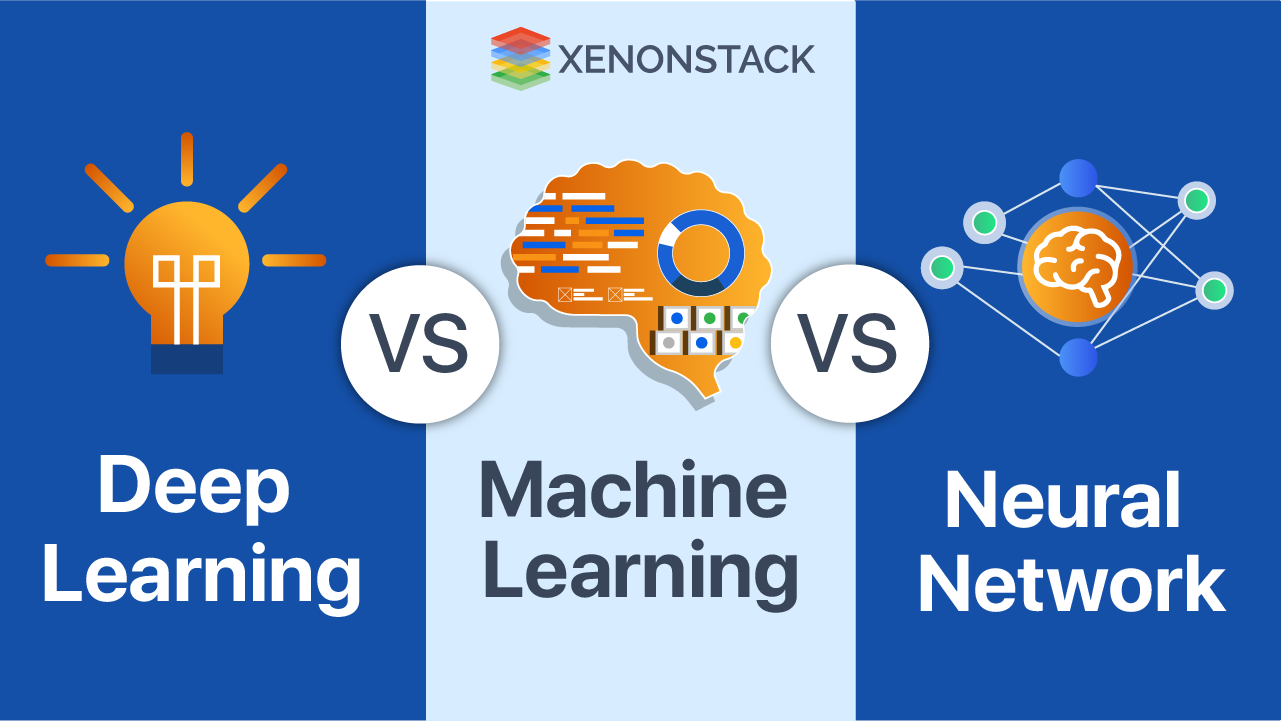
Introduction to Automated ML
Automated Machine Learning (AutoML) is a rapidly evolving technology designed to simplify and streamline the machine learning (ML) process. It enables non-experts and businesses to harness the power of ML without needing in-depth knowledge of the underlying algorithms and models. AutoML automates several critical steps in the ML lifecycle, from data preprocessing and feature selection to model training, hyperparameter tuning, and deployment.
Machine learning has made its pace in almost every industry. Therefore, the demand for machine learning experts has also increased. To fill the gap of ML experts' scarcity, increase efficiency, and meet the demands, AutoML comes into the market. 61% of the data analytics and decision-makers using AI have implemented or plan to implement AutoML in their firms. Many organizations have experienced an increase in revenue after implementing AutoML. Consensus corporations have seen a 19% increase in overall financial performance by adopting the AutoML tool.
MLOps have mixed data scientists and services designed to provide automation in ML pipelines and get more precious insights in production systems. Click to explore about, MLOps Platform
Why do we need Automated ML?
Today, If any organization needs to build a machine-learning model, it requires.
- Highly skilled machine learning experts.
- A long process consists of multiple iterative steps
- A lot of money
And to manage all three things in one, Auto ML will
-
Bridge the skill gap: Every company needs skilled AI and machine learning experts with domain knowledge in various subjects like statistics, linear algebra, and computer programming, which is a lot to ask from a single person, and therefore, choosing the right candidate is also difficult. AutoML will automate most of the steps from a machine learning pipeline and is beneficial for non-machine learning experts to adopt ML and do innovation quickly.
-
Give Best Models: With the adoption of AutoML, one can increase the efficiency of models because AutoML iterates through different models and does hyperparameter optimization, resulting in high-performance models that require plenty of time if done manually.
-
Cost-efficient: Building end-to-end machine learning is tedious and costly. The costs include the Salaries of skilled employees and the cost of services used. Machines, whereas AutoML tools, are more packet-friendly than all these costs.
-
Good start for beginners: The AI field is growing rapidly and is very competitive. For companies that have never deployed an AI project, AutoML will help them easily make the first step to entering the market.
Machine Learning platforms provide users the tools required to develop intelligent business solutions using machine learning techniques with minimum technical. Click to explore about, Machine learning Platforms with Services
What are the Automated ML Tools?
Here are a few AutoML tools that make developing machine learning pipelines quite simple:
- MLBox
- TPOT
- RapidMiner
- PyCaret
- Auto-Keras
- H2OAutoML
- Google AutoML Cloud
What are the AutoML Processes?
The two most important features of AutoML are that they automate the process of hyperparameter optimization, also known as hyperparameter tuning and model selection. During optimization, AutoML can experiment with different candidate models, and hyperparameter tuning starts with random sampling and is done using various sampling techniques. During optimization, candidate models are ranked on a scoreboard, assuming some target metric to be optimized.
The scoreboard will show to the user and automatically select the best tool. The user can specify which metric to optimise to choose any other candidate model: RMSE, MAE in case of regression problems, and precision, recall, F1 measure, or ROC - AUC in case of the classification problem. Using the cross-validation technique, the AutoML tool will measure the metrics and select the best score from all the candidate models.
Hyperparameters tuning by AutoML falls into two categories:
-
Engineering Features: In this, the AutoML tool will do experiments with different techniques for imputing missing values, normalization strategies for numerical variables, and encoding strategies for categorical variables. In the case of feature engineering, AutoML will reduce dimensionality, such as PCA, etc.
-
Supervised ML model: Here, the AutoML tool will try different models according to the type of problem and then randomly select their hyperparameters to select the best configuration.
What is NAS (Neural Architecture Search)?
NAS automates the architecture design of neural network processes. It optimizes things like which operators to choose and how to connect nodes. For the architecture of specific models, users can also define metrics of accuracy, time, size, etc. Research is going on to make NAS more efficient and reliable. Some open-source NAS libraries, like NASLib and AutoPytorch, are available to optimize neural architectures.
What is Meta-Learning?
Meta-learning, also known as learning to learn, is the ability to observe how different machine-learning approaches work on different datasets and learn from their experiences to perform new tasks faster. Using meta-learning in AutoML improves the efficiency of hyperparameter optimization and neural architecture search.
AutoML Packages and Libraries
Now, many companies offer AutoML as a service to upload a dataset and download the machine learning pipeline. Popular companies that provide this service are Microsoft, Amazon, and Google. Various libraries and packages are available that implement AutoML techniques. Some of them are:
H2O
H2O is an open-source and complete pack of tools that manage the data cleaning, model evaluation, and deployment in the entire data analysis cycle. It provides both R and Python clients and scales to enterprise-level deployments very well.
AutoWEKA
It is combined with the WEKA package and automatically selects the machine learning algorithm and its hyperparameters.
MLBox
An AutoMl library will make data preprocessing, optimization, and prediction.
Auto Sklearn
An open-source Python library uses a scikit machine learning Python library for AutoML.
- This library is installed using a pip
- After running the code, it will give a statistical report on the search and determine the best-performing model.
Tree-Based Pipeline Optimization (TPOT) tool:
TPOT is a Python library for automated machine learning. Its model pipeline, which includes data preparation, modelling algorithms, and model hyperparameters, is represented by a tree-based structure for a predictive modelling problem.
Fig 4: Use of TPOT in ML workflow
Machine Learning Observability is beneficial when a machine learning model is deployed in production. Click to explore about, Machine Learning Observability and Monitoring
Challenges of Automated Machine Learning
Usually, data scientists have to work on many steps while building a machine learning model, such as data cleaning, preparation, model selection, parameter tuning, and model validation. Some of the steps are iterative, which requires time and money.
AutoML has been used for image recognition, NLP, semi-supervised learning, reinforcement learning, and other applications. However, organizations face some challenges while using AutoML.
-
If we look at the distribution of time spent by the data scientist in solving an ML problem, most of the time is spent on thinking and understanding the problem, which can not be automated. AutoML can only reduce the burden of repetitive work.
-
Models are just as good as the data fed to them. If the data contains some errors, humans must check the source from which the data is gathered. If the data is inaccurate, it will add bias to the model.
-
The objective's problems have multiple objectives, but the current AutoML optimization tools have some defined objectives that do not meet the organization's needs. Hence, one must have a clear understanding of what metric to optimize
Use Cases of Automated ML
The Use Cases of AutoML are listed below:
Google Cloud AutoML Services
-
Sentiment Analysis: GCP Text AutoML API can be used for sentiment analysis, classifying positive and negative reviews from e-commerce websites, finding relevant tweets for a particular topic, and finding inappropriate content on social media.
-
Document Classification: GCP Text AutoML API can be used for text classification to determine whether a document contains particular information, classify documents according to their content, classify clauses in legal documents, etc.
-
Text Extraction: GCP Text AutoML API can also extract different data types such as URLs, e-mail addresses, phone numbers, etc.
-
Image Classification: Google's AutoML Vision service trains machine learning models to classify images based on user-defined labels.
- It will train models from labelled images and evaluate their performance
- Register trained models for serving through AutoML API.
- Leverage a human labelling service for datasets with unlabeled images.
Some real-world examples are object detection in images, face detection in images, handwritten text classification in images, etc.
Wildlife Image Tagging: The wildlife organization wants to track wildlife populations. First, they must better understand human interaction and its effect on ecology. To do this, they need to set up camera traps and tag large amounts of images manually, which is time-consuming and laborious. But with AutoML, they can automate this process of tagging and analyzing images, which will reduce costs and give accurate and fast results.
Retail Industry
AutoML has applications in the retail industry as companies collect large quantities of customers' data. With AutoML.
-
Sales Forecasting: Retailers can forecast sales based on customer data and purchasing season. This enables companies to identify in-demand products and stocks by simultaneously checking customer product availability.
-
Personalization: Also, with AutoML, personalization can be done based on previous trends, and brands can also predict future purchases by a customized AutoML model.
Next Steps to Automated ML
Talk to our experts about implementing Automated ML (AutoML) systems and how various industries and departments use them to overcome challenges and become more decision-centric. While AutoML simplifies the machine learning process, it comes with its own challenges, such as handling complex data, ensuring model interpretability, and managing the risk of overfitting.


